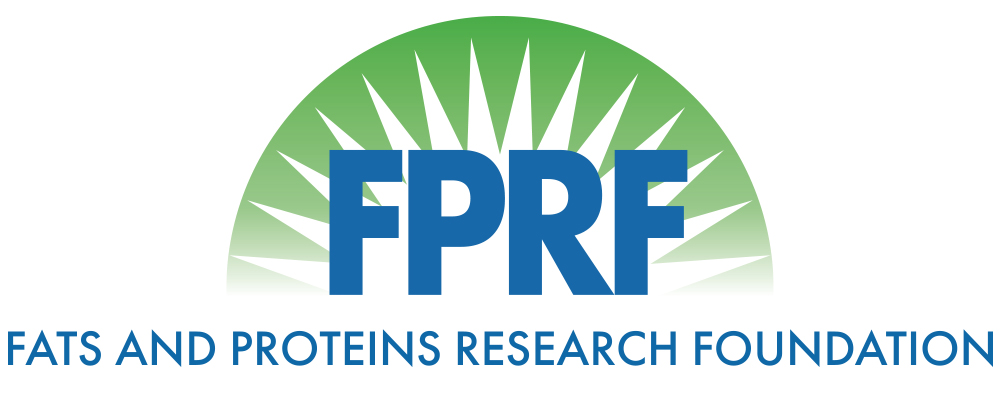Improving Fat Utilization by the Weaned pig: Effect of Diet Physical Form, Fatty Acid Chain length, and Emulsification
Title: Improving Fat Utilization by the Weaned pig: Effect of Diet Physical Form, Fatty Acid Chain length, and Emulsification
Principle Investigator: Kathryn Price and Jack Odle
Year: 2005
Objective: We hypothesized that MCT would be better digested than LCT, especially in
dry diets, and emulsification would improve digestibility of LCT more than MCT.
Lay Summary/Industry Summary: Previous research indicates that dietary fat utilization by the newly-weaned pig is low, while fat digestive capabilities prior to weaning are very high. Sow milk contains approximately 40% fat, whereas nursery diets are rarely formulated to contain more than 5%. The aim of this experiment was to determine if emulsification (plus or minus Tween-80), physical form of the diet (liquid vs dry) or fatty acid chain length (medium (MCT) vs long chain triglyceride (LCT)) effect fat utilization by the newly weaned pig. Two replicates were performed in the summer of 2006 at the NCSU Swine Educational Unit. Pigs (N= 96) were weaned at 20 ± 0.30 d of age (6.8 ± 0.04 kg) and fed one of eight dietary treatments for 14 d according to a 2x2x2 factorial design. The MCT fat contained primarily C8 and C10 fatty acids while the LCT fat was supplied by choice white grease. Each fat was spray dried with or without the inclusion of Tween-80 emulsifier (at 2% w/w) and comprised 12% of the final diets. Diets were otherwise formulated to exceed NRC nutrient requirements. Liquid diets were reconstituted with water to 13% dry matter and were offered ad libitum via milk- replacer feeders (Kane Manufacturing).
Diet physical form greatly accelerated piglet growth (P < 0.05), with liquid-fed pigs (0.49 kg/d) out gaining dry-fed pigs (0.340 kg/d) by 44%. Triglyceride chain length also impacted growth (P<0.05), with pigs fed LCT outperforming MCT-fed pigs by 23%. Effects of emulsifier were not detected (P > 0.1) in growth performance. Accelerated growth was accompanied by elevated feed intake which was 17 % greater for liquid-fed than for dry-fed pigs and was 21% greater for pigs fed LCT vs MCT. Accordingly, gain:feed was improved by 29% in liquid-fed pigs (P < 0.05). A comparison of two digestibility markers, C 36 alkane and Co-EDTA, was examined in this trial. The use of Co-EDTA resulted in a statistically (P < 0.05) greater digestibility over the C 36 marker. However, it is unclear as to which marker is the more accurate when trying to determine fat digestibility. C 36 was used to determine all digestibility data and diet physical form had no effect (P > 0.1) on digestibility. The digestibility of the fat was higher (P < 0.05) in the MCT fat over the LCT fat (98.42% vs 93.39%, respectively). Emulsification increased the digestibility of the LCT fats and this effect was more evident in the long chain saturated fatty acids (P < 0.05). Ileal and Jejunal morphology showed increases in the villus height as the pigs aged (P< 0.05). Emulsification of the fat resulted in an increased Ileal villus height (P < 0.05) in all diets except for the liquid MCT fed pigs that were 14days post weaning. Plasma ketone body concentrations were significantly (P < 0.05) greater in the MCT fed pigs and interaction between chain length and diet physical form was observed. Pigs consuming the dry MCT diet had a higher plasma ketone body concentration followed by liquid MCT, liquid MCT, and finally dry LCT fed pigs. Collectively, we infer that feeding liquid diets containing emulsified long chain triglycerides can increase growth performance for the entire weaning period. Publications: Improving Fat Utilization by the Weaned pig: Effect of Diet Physical Form, Fatty Acid Chain length, and Emulsification
